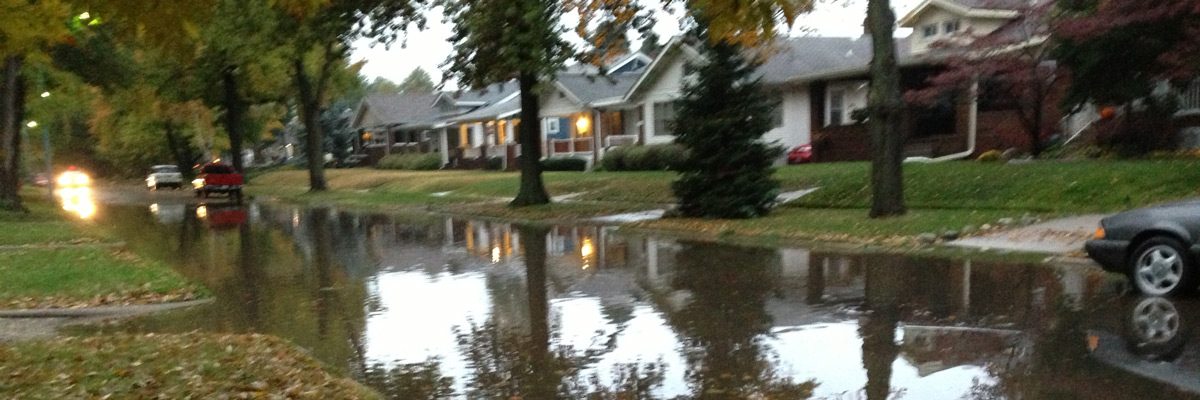This is a travesty on so many levels. First at the corporate level, who ran this company into the ground? I mean seriously there are all kind of remedies for years, including burying power lines, and cladding power lines or leasing solar on customers roofs. To not do anything but take profit for thirty years should get someone jail time. Second, what about the employees? The Camp Fire was cause my a Power Pole that was ONE HUNDRED years old. Why did someone not take the damn thing down on their own initiative? Again – Jail Time. Where were the regulators? That should have made them create a revitalization and safety plans 30 years ago. Again – Jail Time.
http://www.nytimes.com/2019/10/10/us/pge-outage.html
PG&E Power Outage: Live Updates as Californians Face a Blackout
The second phase of a safety plan intended to prevent wildfires left hundreds of thousands more without electricity.
Right Now
Around 600,000 electricity customers were without power on Thursday morning.
Here’s what you need to know:
The second phase of the shutdown cut power to about 250,000 more customers.
SAN FRANCISCO – Large areas of Northern California remained without power on Thursday as a major outage rocked the region for a second day. About 600,000 electricity customers were affected on Thursday morning after the state’s largest utility carried out the second phase of its intentional power cut.
Pacific Gas and Electric said extreme winds overnight forced the additional shutdown, which the utility organized to prevent equipment from sparking fires.
The second phase affected bedroom communities in the San Francisco Bay Area and added to the hundreds of thousands of customers who had lost power on Wednesday. As of Thursday morning, the company had restored power to 137,000 customer
And here is a map to see if you or someone you love is effected.
http://critweb-outage.pgealerts.com/?WT.mc_id=Vanity_pge-outages
;]
Go there and weep. More next week.
;]

